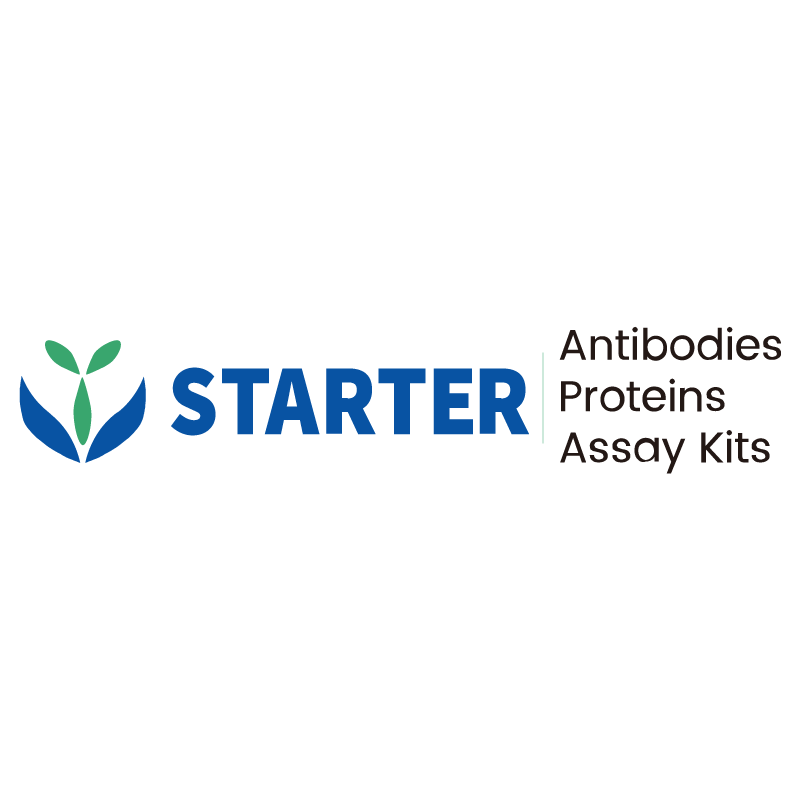2 μg(R: reducing conditions)
Product Details
Product Details
Product Specification
| Species | Influenza A virus |
| Synonyms | Neuraminidase |
| Accession | G2U0U0_9INFA |
| Amino Acid Sequence | Protein sequence (G2U0U0_9INFA, His36-Asp448, with C-10*His) HSIQTGNQHQTEPIRNTNFLTENTVASVTLAGNSSLCPIRGWAVHSKDNSIRIGSKGDVFVIREPFISCSHLECRTFFLTQGALLNDKHSNGTVKDRSPHRTLMSCPIGEAPSPYNSRFESVAWSASACHDGTSWLTIGISGPDNGAVAVLKYNGIITDTIKSWRNNILRTQESECACVNGSCFTVMTDGPSNGQASYKIFKMEKGKVVKSVELNAPNYHYEECSCYPDAGEIICVCRDNWHGSNRPWVSFNQNLEYQIGYICSGVFGDNPRPNDGKGSCGPVSPNGAYGVKGFSFKYGNGVWIGRTKSTHSRSGFEMIWDPNGWTGTDSEFSMKQDIVAITDWSGYSGSFVQHPELTGLDCIRPCFWVELIRGRPKESTIWTSGSSISFCGVNSDTVSWSWPDGAELPFTIDGGGGSHHHHHHHHHH |
| Expression System | HEK293 |
| Molecular Weight | Predicted MW: 47.1 kDa Observed MW: 55 kDa |
| Purity | >90% by SDS-PAGE |
| Endotoxin | <1EU/μg |
| Tag | with C-10*His |
| Physical Appearance | Lyophilized Powder |
| Storage Buffer | Lyophilized from a 0.2 μm filtered solution of 0.2M PBS, pH7.4. |
| Reconstitution | Reconstitute no more than 1 mg/mL according to the size in deionized water after rapid centrifugation. |
| Stability & Storage | 12 months from date of receipt, -20 to -70 °C as supplied. 6 months, -20 to -70 °C under sterile conditions after reconstitution. 1 week, 2 to 8 °C under sterile conditions after reconstitution. Please avoid repeated freeze-thaw cycles. |
Background
Influenza A virus subtype H5N1 (A/H5N1) is a subtype of the influenza A virus which can cause illness in humans and many other species. H5N1 is a subtype of the species Influenza A virus of the genus Alphainfluenzavirus of the family Orthomyxoviridae. H5N1 subtype is an RNA virus. It has a segmented genome of eight negative sense, single-strands of RNA, abbreviated as PB2, PB1, PA, HA, NP, NA, MP and NS. HA codes for hemagglutinin, an antigenic glycoprotein found on the surface of the influenza viruses and is responsible for binding the virus to the cell that is being infected. NA codes for neuraminidase, an antigenic glycosylated enzyme found on the surface of the influenza viruses. It facilitates the release of progeny viruses from infected cells. Neuraminidases are enzymes that cleave sialic acid (also called neuraminic acid) groups from glycoproteins. Neuraminidase inhibitors are antiviral agents that inhibit influenza viral neuraminidase activity and are of major importance in the control of influenza.
Picture
Picture
SDS-PAGE


